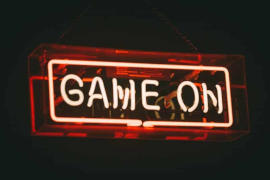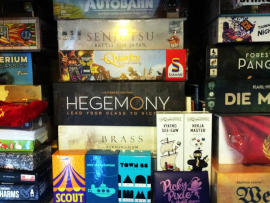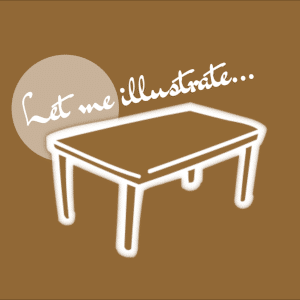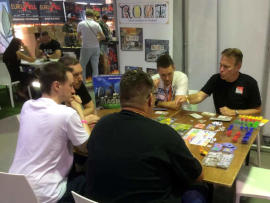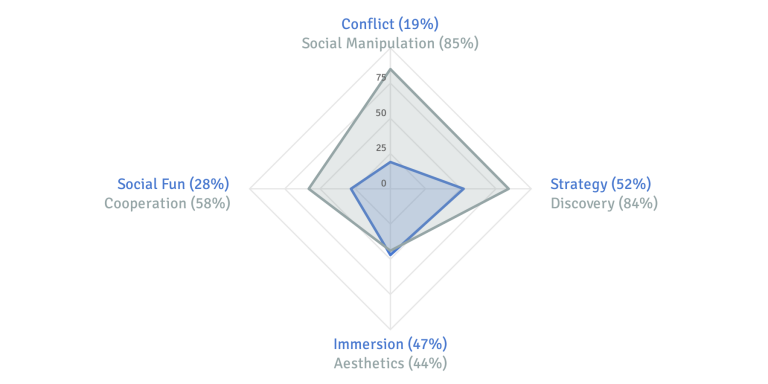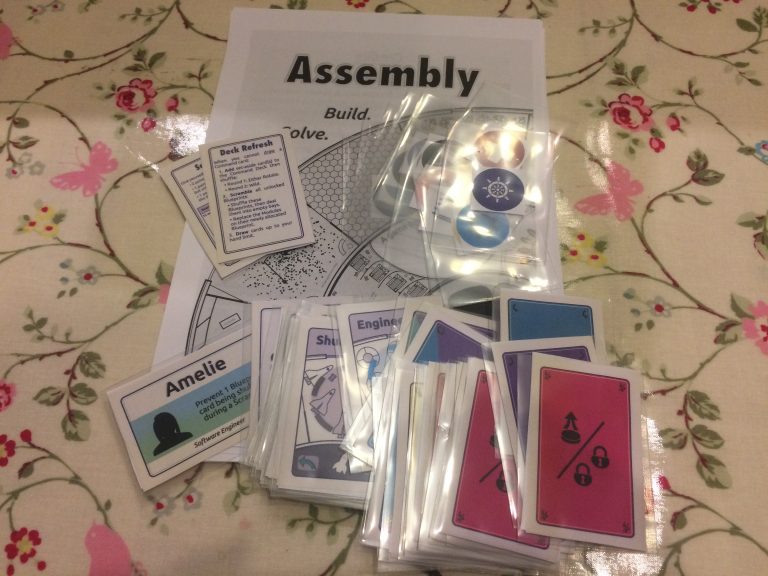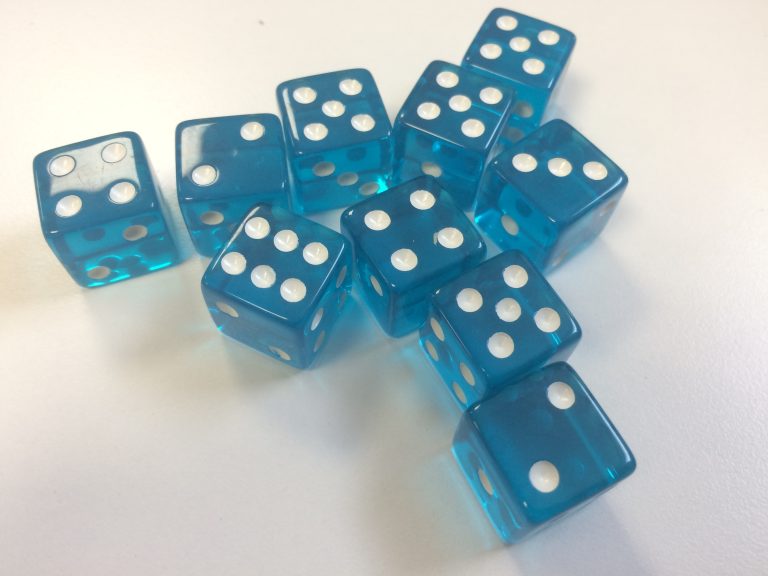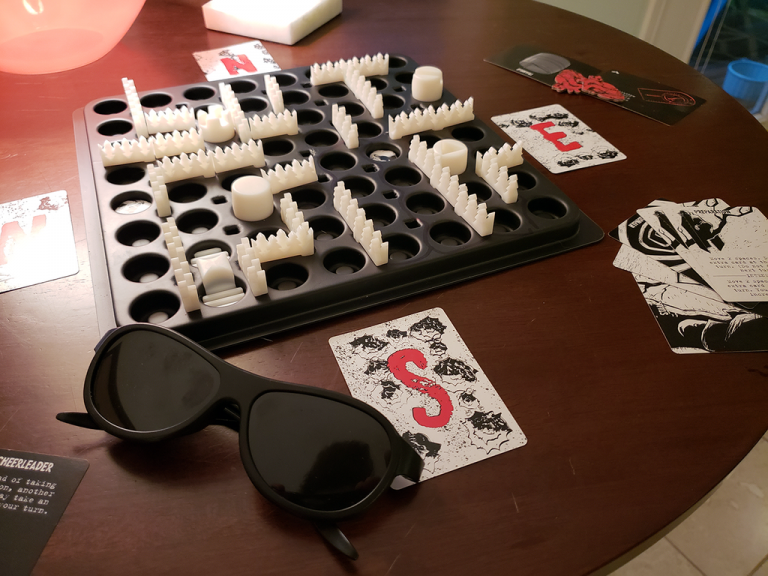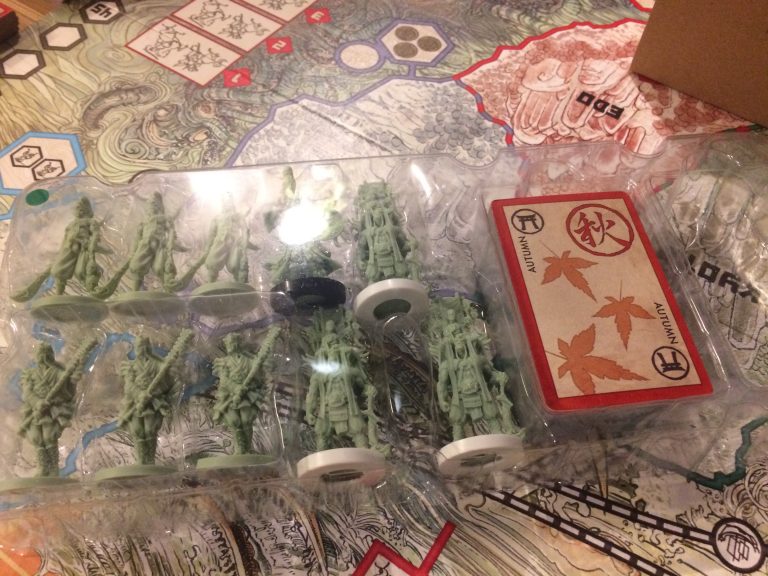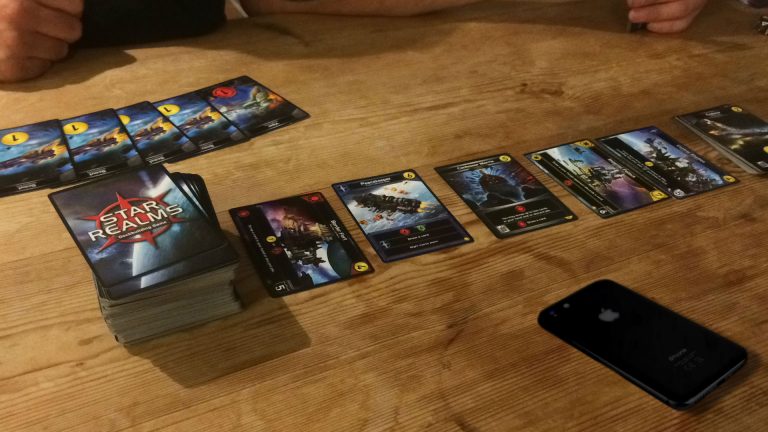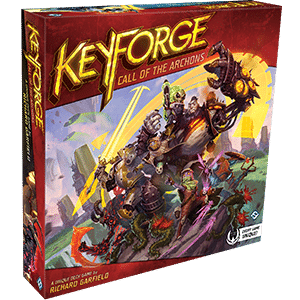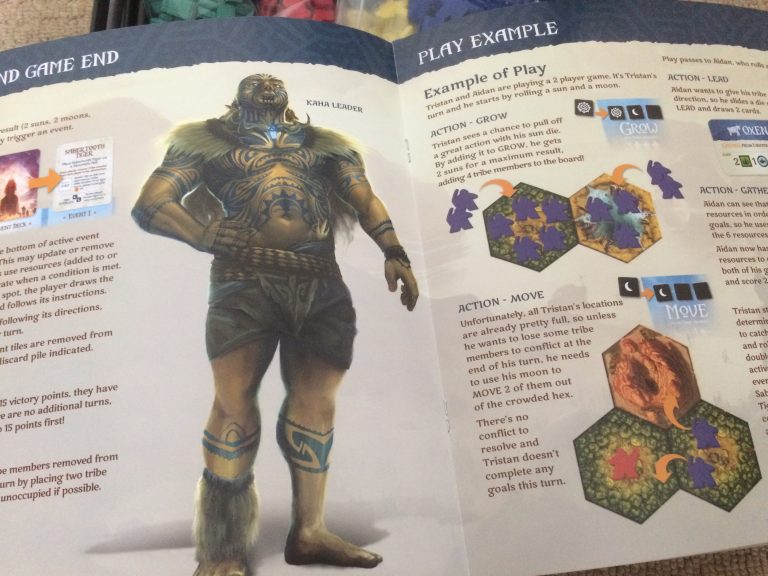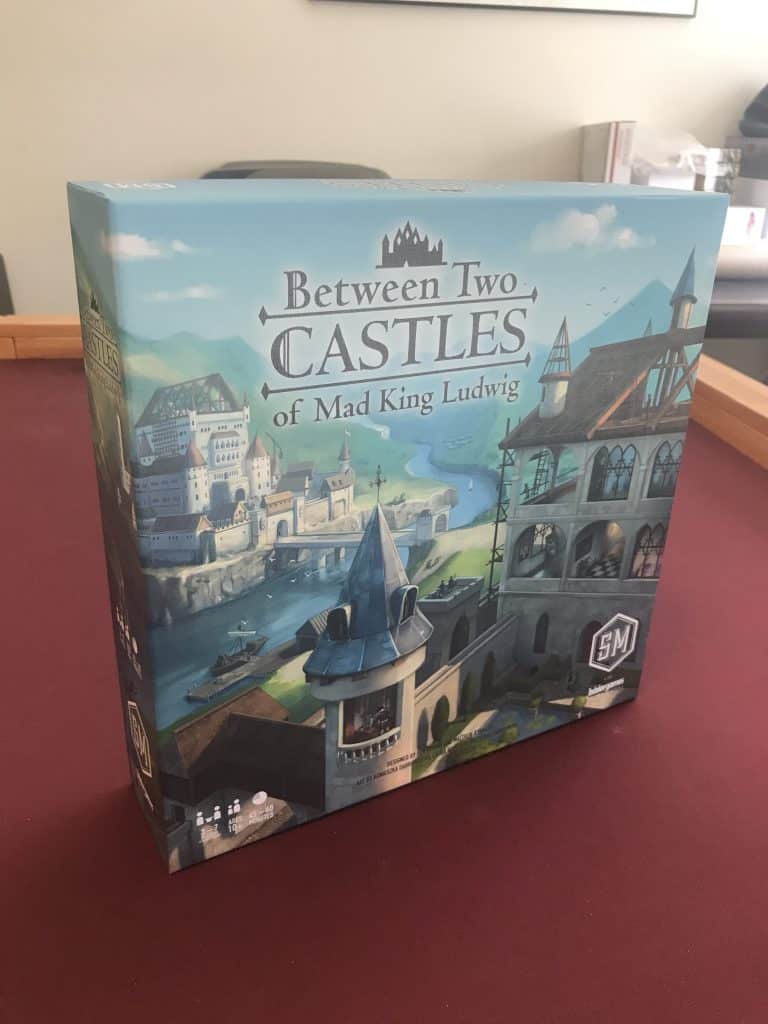Tabletop Player Profile – Updated
In a previous article (see Co-op or competitive?) I showed what my tabletop player profile looks like, as per Quantic Foundry's online form at https://apps.quanticfoundry.com/surveys/start/tabletop/ - which I highly recommend to everyone. In the article I said I would check my profile monthly, which didn't come to pass as other things got in the way. However, I have now completed the survey again and unsurprisingly, my profile hasn't changed a huge amount, but the subtle differences are interesting. You can see the latest results at the end of this article - and the previous results in the article Co-op or competitive?

